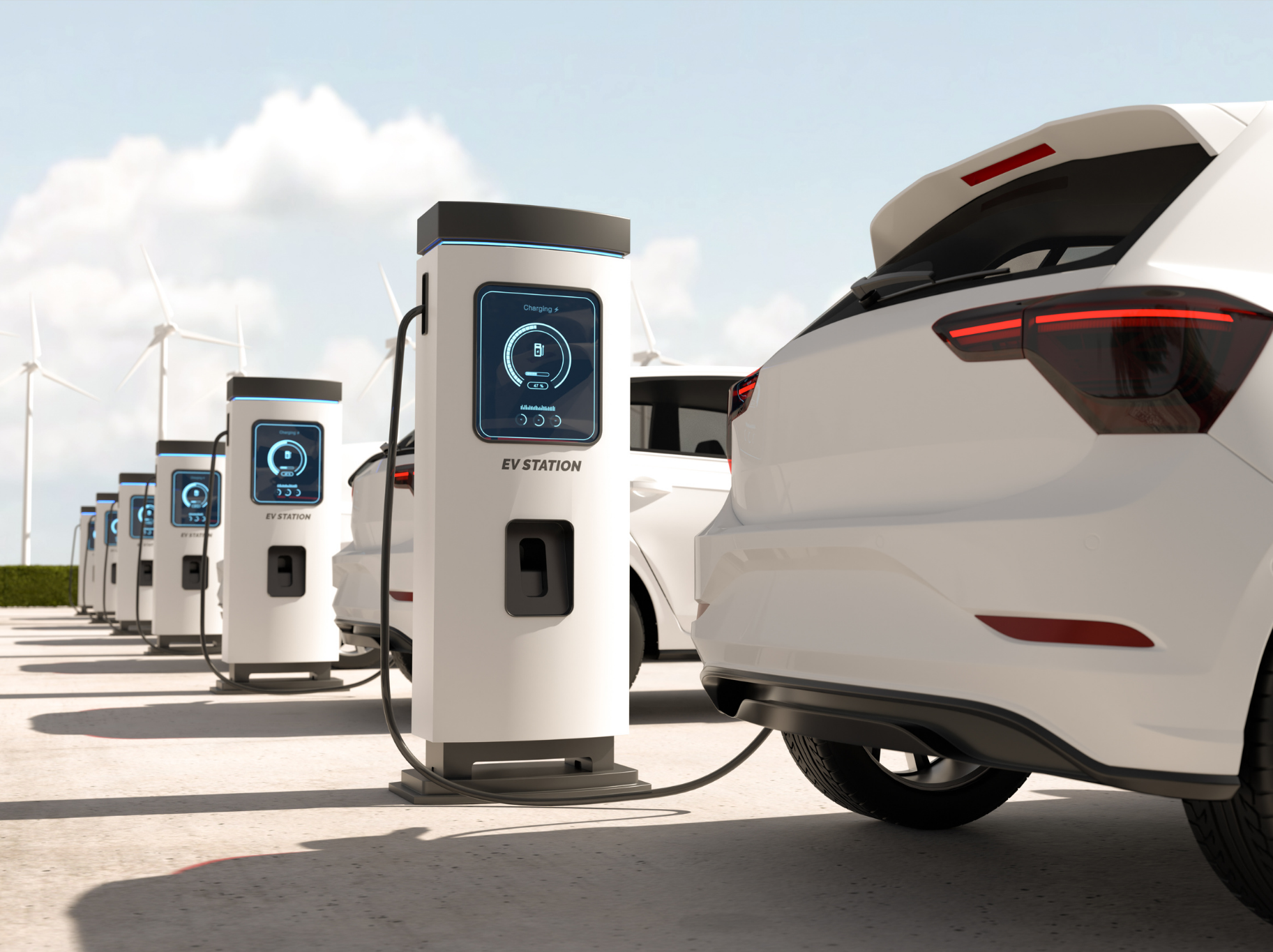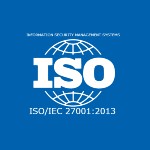SMRs are going mainstream—and the energy transition just got a lot more grounded
Posted by | Rauf Mammadov
Something big is happening in the nuclear space—and this time, it’s not just startups or think tanks talking about it. Across Europe and the United States, policymakers and utilities are quietly rewriting the rules of the energy transition. . At the center of this shift are small modular reactors (SMRs), a key focus in the energy transition, which are rapidly moving from concept to credible option.
Why are SMRs gaining traction now—and what are some of the ways the energy transition is becoming more grounded in real-world imperatives?
- Germany has reclassified nuclear power
Germany, the country most associated with the nuclear phase-out movement, has reclassified nuclear power, putting it on equal footing with renewables under EU legislation. For Chancellor Friedrich Merz, this isn’t just a bureaucratic detail but a strategic alignment with France, and a broader recognition that Europe cannot afford to exclude any low-carbon technologies. It also reflects a shift in nuclear energy policy across Europe and the US. While a German reactor restart isn’t imminent, symbolically this is a massive shift—and one that could reshape the political economy of EU climate strategy.
2. TVA is formally planning to build a small modular reactor
Across the Atlantic, the shift is more operational. The Tennessee Valley Authority (TVA), the largest public utility in the US, has officially applied for a permit to build an SMR at its Clinch River site in Tennessee. This is not a hypothetical project but a concrete move by a major operator to put SMR nuclear power developments firmly on the table as a legitimate, near-future option. It signals that SMRs are no longer the exclusive domain of startups and speculative investors but are maturing into real infrastructure options.
3. NuScale has won two-for-two approvals
Meanwhile, nuclear power company NuScale has quietly achieved a significant milestone, receiving approval from the Nuclear Regulatory Commission (NRC) for its second SMR design—a 77 MWe model that builds on its earlier 50 MWe concept. This makes NuScale the only company in the US with two NRC-approved SMRs. While challenges remain about costs, construction timelines and supply-chain logistics, regulatory momentum and a clear pathway to market are crucial advantages that most emerging energy technologies still lack.
Why this matters now
These shifts come at a moment when electricity demand is rising rapidly—largely driven by:
- AI and data center workloads
- EV charging infrastructure
- Electrification of heat and industrial processes
- Reshoring of manufacturing
- Grid decarbonization mandates
These developments make clear that the energy transition is no longer theoretical or distant. It’s a current, pressing challenge. As we enter a decade shaped by the need for flexibility, speed, and reliability in energy planning, we can’t afford to be ideological about the technologies we adopt.
Adopting a toolkit mindset
This is a wake-up call that the energy transition is not about picking winners but being pragmatic and using every credible option available. SMRs offer something particularly valuable: compact, dispatchable, zero-carbon power with a smaller land and water footprint than most renewable alternatives. They won’t solve every problem, but as a complement to solar and wind power, they can fill crucial gaps in the system and reduce the pressure on already strained grids.
SMRs deserve a seat at the table. Not as a rival to other clean technologies, but as a reliable partner that makes full decarbonization more achievable under real-world constraints.



















